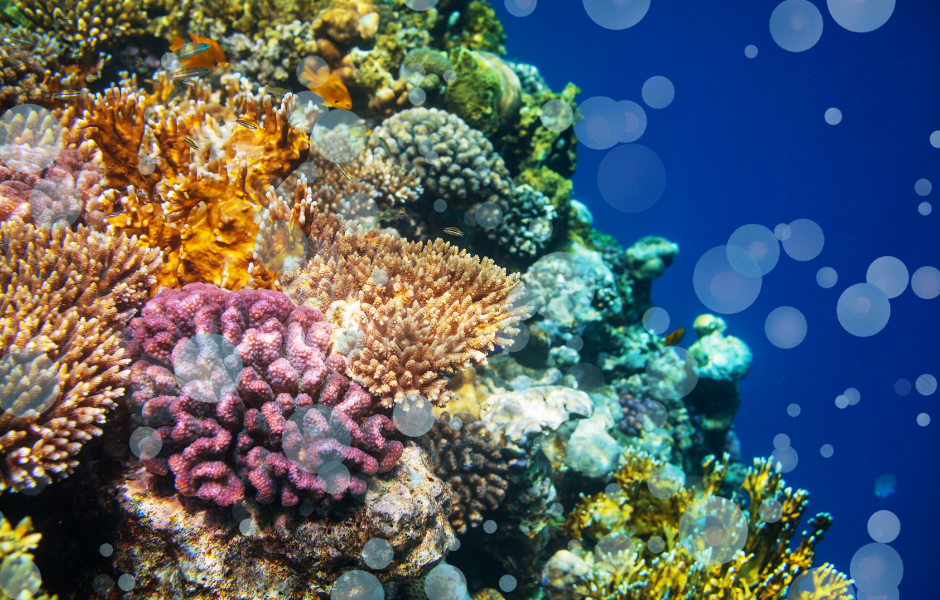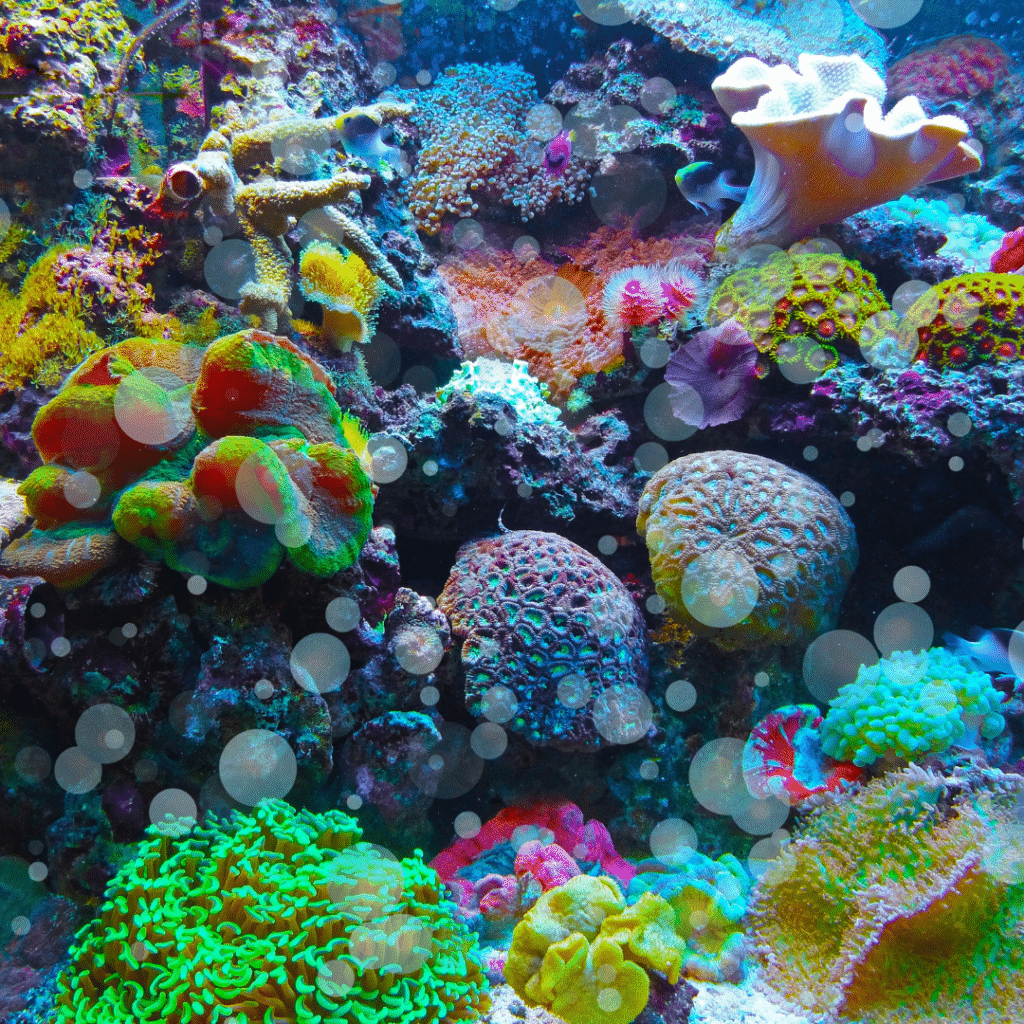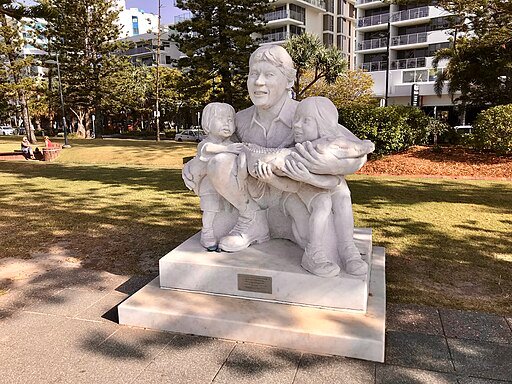
This children’s article, It’s World Reef Awareness Day, has been written for learners of English as a second or foreign language and native English speakers. It can help children practise reading and comprehension, learn useful vocabulary, and explore the fascinating world of coral reefs. Written by Sinead O’Carroll, a writer and EFL teacher since 2017.
A big day for coral reefs
Today, 1 June, is World Reef Awareness Day – a time to celebrate one of the most amazing and important parts of our ocean: coral reefs!
Let’s look at why they matter and how we can help protect them. This special day began in 2019 and also marks the start of World Oceans Month.
What are coral reefs?
Coral reefs are beautiful underwater habitats found near coastlines, where the ocean meets the land.
At first glance, coral reefs might look like colourful underwater gardens. But look a little closer and you’ll find something surprising, they’re made by tiny animals called polyps, not plants! These tiny creatures build hard, rocky homes that grow into the massive reef structures we see today.
Coral reefs are usually found in shallow, warm parts of the ocean. That’s because they need sunlight to survive and grow. Some of the most famous reefs, like the Great Barrier Reef in Australia, can even be seen from space!
Why are reefs important?
They may cover less than 1% of the ocean floor, but they are home to about 25% of all marine life. That means thousands of species of fish, sea turtles, sharks, and other animals rely on them for food, shelter, breeding grounds, and nurseries.
For people, reefs are important too. They act like natural walls, protecting coasts from crashing waves and storms. They also help prevent flooding and stop the land from washing away.
Many people around the world earn money from fishing and tourism linked to coral reefs.
Trouble in paradise
Unfortunately, coral reefs are in danger. Climate change is warming the oceans, and that causes a problem called coral bleaching. This means the coral loses its colour and becomes weak. Other threats include pollution, overfishing, boat damage, and building too close to the coast.
Scientists say that some reefs, like those in the Florida Keys and the Caribbean, have lost between 85% and 99% of their coral. Even the Great Barrier Reef has lost around 40% in recent years
What can we do?
World Reef Awareness Day is a great chance to learn more and share what you know.
Small actions, like using less plastic, helping to keep beaches clean, choosing eco-friendly fish for dinner, and talking to friends and family about why reefs matter can help. If more people understand why reefs matter, we can do more to protect them for future generations.
To learn more about coral reefs and how to help, visit the Coral Reef Alliance.

Article vocabulary list
- Reef – A raised area in the sea made of coral, rock, or sand, where many sea animals live
- Polyp – A tiny sea animal that helps build coral reefs
- Marine life – Animals and plants that live in the ocean
- Sunlight – Light from the sun; corals need it to grow
- Bleaching – When coral turns white and becomes unhealthy
- Erosion – The slow wearing away of land by water or wind
- Habitat – The natural home of an animal or plant
- Barrier – Something that blocks or protects, like a wall
- Tourism – People travelling to visit places for fun or learning
- Climate change – Changes in the Earth’s weather, often caused by pollution
Comprehension questions
Just click the plus (+) to see the answer
1. When is World Reef Awareness Day celebrated?
a) 8 June
b) 1 June
c) 15 July
Answer: b) 1 June
2. What are coral reefs made of?
Answer: They are made by tiny sea animals called polyps.
3. Why do coral reefs need to be close to the ocean surface?
a) So boats can find them
b) They need sunlight to grow
c) They help animals fly
Answer: b) They need sunlight to grow
4. What percentage of the ocean do reefs cover?
a) About 25%
b) Less than 1%
c) Over 50%
Answer: b) Less than 1%
5. Name two ways reefs help people.
Answer: They protect coasts from waves and storms, and they support fishing and tourism.
6. What is coral bleaching?
Answer: It’s when coral loses its colour and becomes weak or unhealthy, often because of warmer water.
7. Which reef has lost around 40% of its coral in recent years?
Answer: The Great Barrier Reef
Sinead is a writer and EFL teacher with eight years’ experience. She’s a native English speaker who loves making news stories fun and easy to understand for children around the world. Her passions include travel, animals, and helping to make the world a kinder, more sustainable place.




